Industry information
Company News
- Punched aluminum veneer: a rising star in the aluminum industry, with unlimited creativity!
- The Charm of Aluminum Veneer: From Industry to Home Furnishings, a Change in One Board
- Aluminum veneer customization: an artistic journey to create personalized spaces
- Aluminum veneer customization, creating a new trend of personalized space!
- Aluminum veneer customization, creating a new trend of personalized space
Industry dynamics
- Aluminum veneer: the fashionable choice in the industrial industry?
- Energy saving and environmental protection characteristics of curtain wall aluminum veneer
- Fluorocarbon aluminum veneer: the fashion darling of the aluminum industry, revealing its charm!
- Research on the Price Market of Aluminum Veneer
- Fluorocarbon aluminum veneer: a shining pearl of modern architecture
Frequently asked questions
- How to identify the quality of aluminum veneer?
- How to distinguish the quality of aluminum veneer?
- How to determine the quantity and size of customized aluminum veneer?
- How to store and transport aluminum veneer?
- How to use and maintain aluminum veneer reasonably?
contact us
Mobile:+86 15627778610
Email: 2201229786
Address: No. 5 Binjiang Road, High tech Zone, Zhaoqing City, Guangdong Province
Can aluminum veneer be applied to the exterior design of agricultural buildings?
- Author: Lesilong Technology (Guangdong) Co., Ltd
- Release time: February 26, 2025 15:02:00
- Click:0
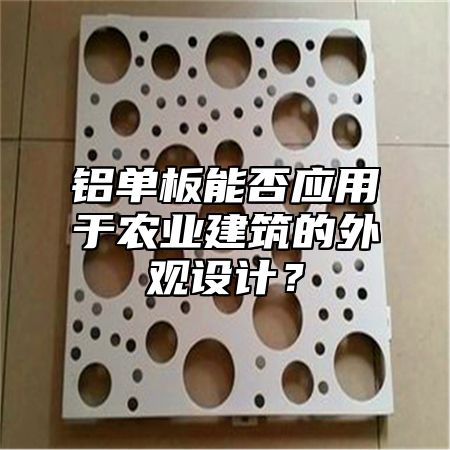
Aluminum veneerAs a new type of exterior wall decoration material, it has been widely used in building exterior design. However, for special places like agricultural buildings, can aluminum veneer be applied to exterior design? Let's take a closer look below.
1、 The advantages of aluminum veneer
1. Lightweight: Aluminum veneer is relatively lightweight, which can reduce the weight of buildings and lower their energy consumption.
2. Corrosion resistance: Aluminum veneer has good corrosion resistance, which can effectively prevent corrosion and oxidation, and extend the service life of buildings.
3. Good thermal insulation performance: Aluminum veneer has good thermal insulation performance, which can effectively prevent heat transfer and improve the insulation performance of buildings.
4. Strong plasticity: Aluminum veneer can be processed through cutting, carving, and other methods to form various shapes and patterns, thus meeting different architectural design needs.
5. Easy to clean and maintain: The surface of aluminum veneer is flat and smooth, easy to clean and maintain, which can keep the building clean and beautiful.
2、 The application of aluminum veneer in agricultural construction
1. Farm: Aluminum veneer can be used for exterior wall decoration of farms, creating a modern and comfortable feeling, while also increasing the sense of space.
2. Greenhouse: Aluminum veneer can be used for exterior wall decoration of greenhouse, which can reflect some light and effectively prevent brightness differences inside the greenhouse, improving the safety of driving and pedestrians.
3. Agricultural product warehouse: Aluminum veneer can be used for exterior wall decoration of agricultural product warehouses, creating a modern and fashionable feeling while also increasing the sense of space.
3、 Precautions
When using aluminum veneer for agricultural building exterior design, the following points should be noted:
1. Strictly follow the design requirements for construction, ensuring that the connection between the aluminum veneer and the building structure is firm and reliable.
2. Strengthen management to prevent human destruction and damage to the surface of materials.
In areas with frequent earthquakes, corresponding seismic measures should be taken according to the actual situation, such as strengthening reinforced concrete structures.
4. Ensure a hygienic environment: When selecting aluminum veneer, attention should be paid to its antibacterial and anti mold properties.
4、 Conclusion
Aluminum veneer can be applied to the exterior design of agricultural buildings. If the selected aluminum veneer has good corrosion resistance and thermal insulation performance, and can meet the special needs of agricultural buildings, then after the end of the building's service life, it can be recycled and reused to reduce resource waste and environmental pollution. This can also provide better maintenance and upkeep conditions for buildings, extending their service life.


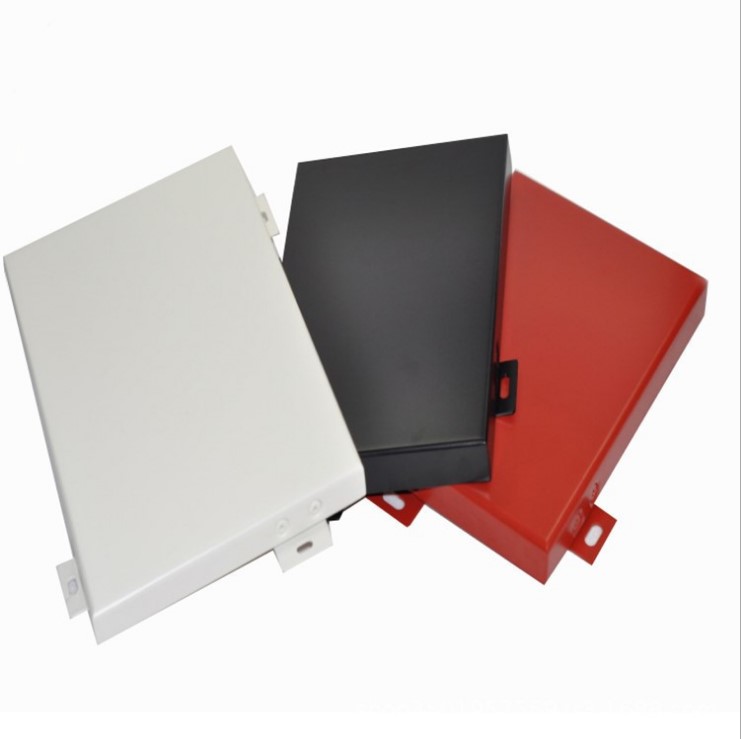
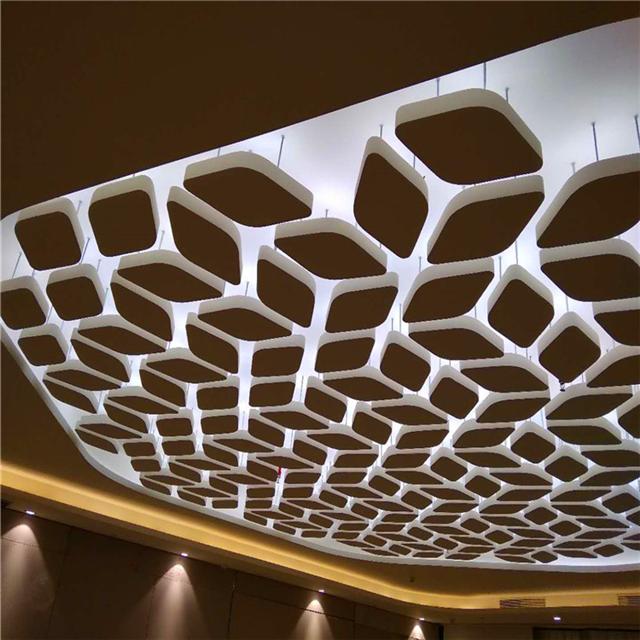
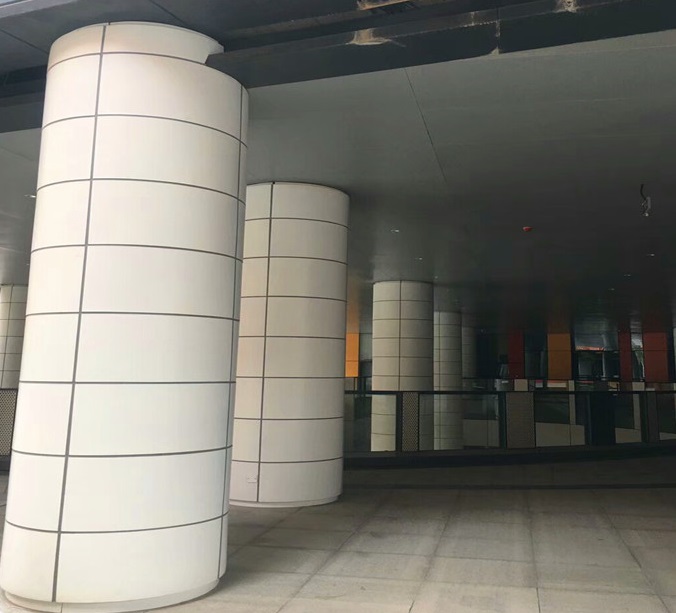
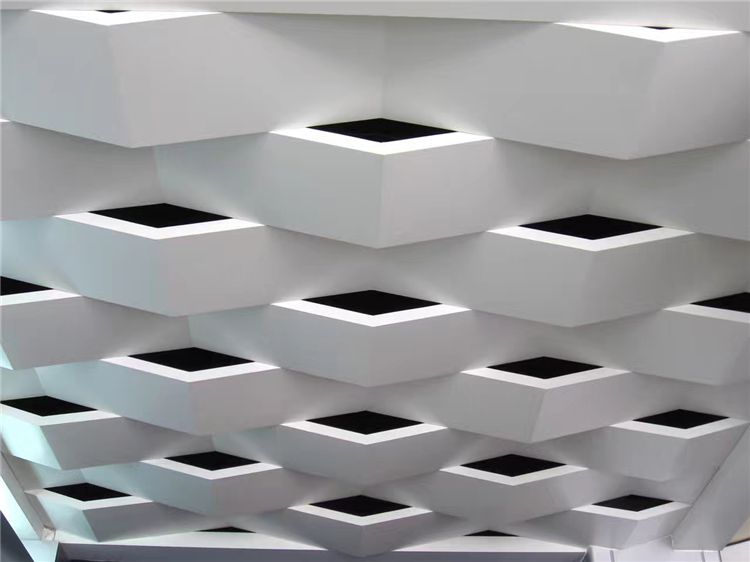

 Customer service QQ
Customer service QQ